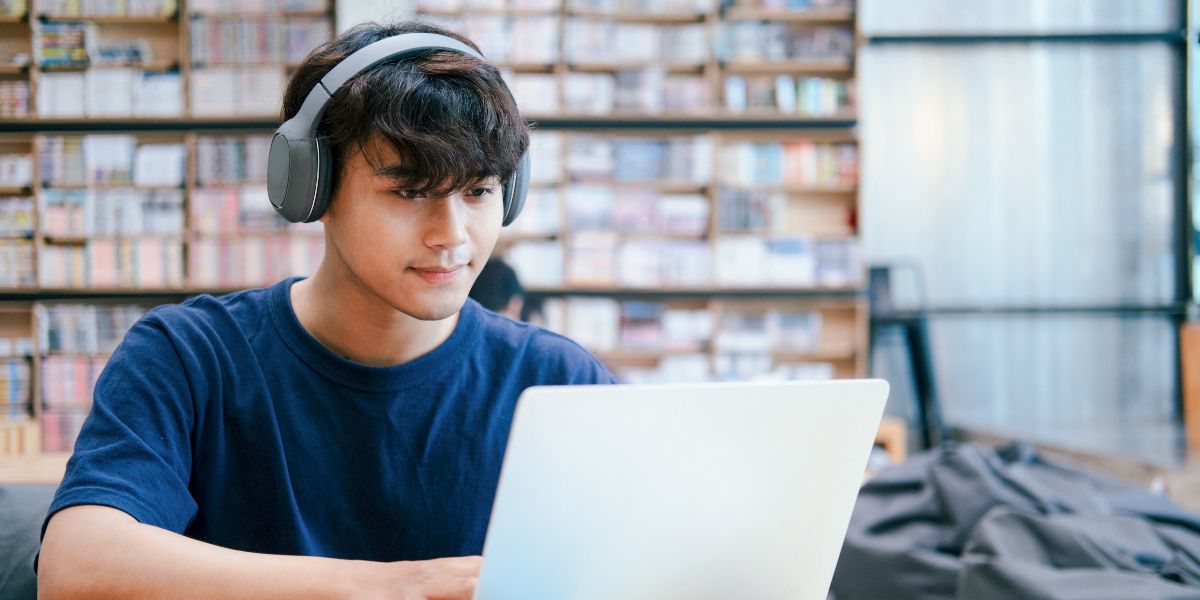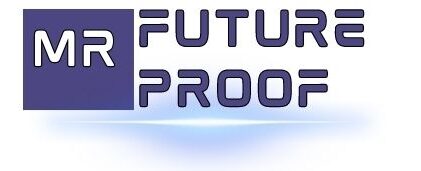Personalized learning is crucial for ensuring progress and inclusion of students with special needs. Through individualized approaches, students receive tailored support to meet their unique learning needs and abilities.
Every student learns differently, but this is especially true for those with special needs. Personalized learning is an educational approach that recognizes the importance of individualized instruction. It’s a teaching method designed to help students learn at their own pace and in a way that meets their unique learning needs and abilities.
For students with special needs, this approach is even more crucial. By creating customized lesson plans, utilizing assistive technology and offering targeted interventions, educators can ensure that all students have equal access to quality education and opportunities. In this article, we’ll explore the benefits of personalized learning for students with special needs, and how schools can implement this approach to create more inclusive learning environments.

Credit: aws.amazon.com
Personalized Learning: A Solution For Inclusion
Inclusive education aims to provide a learning environment that values diversity and supports the needs of every learner, especially those with special needs. However, there are different ways to approach inclusion. One of the most promising approaches is personalized learning.
Define Personalized Learning And Its Benefits For Special Needs Students
Personalized learning is a teaching approach that tailors instruction to the unique needs and interests of each student. It recognizes that students have different learning styles, preferences, and paces, and that effective learning may require different strategies, materials, and technologies.
The benefits of personalized learning for special needs students include:
- Greater engagement and motivation, as they can learn at their own pace, challenge themselves, and pursue their interests;
- More targeted and effective instruction, as teachers can use data and feedback to adjust their teaching and support their learning needs;
- Deeper understanding and retention of concepts and skills, as they can learn in a way that makes sense to them and build on their prior knowledge;
- Enhanced independence and self-advocacy, as they can develop their own learning goals, track their progress, and communicate their needs and preferences.
Highlight The Role Of Technology In Personalized Learning For Special Needs Students
Technology can play a crucial role in personalized learning for special needs students. It can provide various tools and resources that can support their learning needs and preferences, including:
- Assistive technology, such as text-to-speech software, speech recognition, screen readers, braille displays, and alternative input devices, that can help students with visual, auditory, motor, or cognitive disabilities access and interact with digital content;
- Learning management systems, such as moodle, canvas, or blackboard, that can provide a centralized platform for teachers and students to manage their learning, including assignments, grades, discussions, and feedback;
- Adaptive learning platforms, such as dreambox, knewton, or carnegie learning, that use algorithms and data analytics to personalize instruction and support the mastery of specific skills and competencies;
- Educational games, simulations, and virtual reality experiences, that can provide engaging and immersive learning environments that tap into students’ interests and curiosity while offering meaningful challenges and feedback.
Personalized learning can be a powerful solution for inclusion, as it recognizes and values the diversity of learners and provides them with the necessary support and opportunities to thrive. Technology can help to enhance and facilitate personalized learning, but it should always be used in a thoughtful, ethical, and inclusive way, in collaboration with students, families, and teachers.
Examples Of Personalized Learning Programs For Special Needs Students
Discuss Specific Personalized Learning Programs And Their Effectiveness
Personalized learning is a beneficial approach to education for students with special needs. Here are some examples of personalized learning programs that have shown great effectiveness for special needs students:
- Applied behavior analysis (aba): This personalized program focuses on behavior modification using positive reinforcement. Aba has been shown to be effective in helping students with autism spectrum disorders.
- Assistive technology: Assistive technology includes software, hardware, and devices designed to help students with special needs learn. These tools could include screen readers, speech-to-text software, or specialized keyboards.
- Universal design for learning (udl): This approach offers flexible teaching methods that cater to the individual needs of students. Udl includes multiple ways to express, take in and engage with information.
Highlight Success Stories Of Special Needs Students Who Benefitted From Personalized Learning
Personalized learning programs empower special needs students to learn and grow at their unique pace. Below, we’ll explore some inspiring success stories:
- Nate, a student with adhd: Nate struggled in a traditional classroom setting, falling behind on assignments and losing his motivation to learn. After enrolling in an online personalized learning program, nate could learn at his own pace and study when he felt most productive. He developed a newfound passion for science and excelled in the program.
- John, a student with dyslexia: John struggled with reading and writing in a traditional classroom. With the help of assistive technology, john was able to succeed. A speech-to-text device helped him express his ideas through writing without the need to focus on spelling or typing. He also received video-based instruction which helped him learn new concepts at his pace.
- Sophie, a student with autism: Sophie struggled with low self-esteem and social anxiety, making it difficult for her to communicate with classmates and teachers. She enrolled in an aba personalized learning program that helped her overcome those challenges. With the help of positive reinforcement, sophie improved her social skills and developed confidence in her abilities.
The success stories of these students illustrate how personalized learning can make a significant impact on special needs students’ academic and personal development. By catering to their unique learning style, these programs empower students to achieve their full potential.
Challenges And Limitations Of Personalized Learning For Special Needs Students
Personalized learning for students with special needs: ensuring inclusion and progress
Personalized learning has provided a way for students with special needs to get the attention they need in classrooms. However, with this approach come potential challenges and limitations. Understanding these challenges and limitations can enable us to devise solutions that can enhance personalized learning programs for students with special needs.
Discuss The Limitations And Potential Challenges Of Personalized Learning For Special Needs Students
Plain paragraph:
Personalized learning can be challenging for students with special needs, and several limitations can restrict its effectiveness. Here are some of the potential challenges that need addressing:
Bullet points:
- Personalized learning for special needs students is difficult and costly for schools to implement.
- Poor internet connectivity in some areas may limit access to personalized learning.
- Finding appropriate educational technology tools can be difficult.
- Teachers on personalized learning courses need significant professional development.
- Students with special needs at less-developed reading levels can struggle to navigate personalized platforms.
- Personalized learning courses may not be tailored enough to individual needs.
- There may be a shortage of staff with the skills to design and teach personalized courses to special needs students.
Provide Ways To Address These Challenges And Limitations To Ensure Successful Implementation Of Personalized Learning Programs For Special Needs Students
Plain paragraph:
Despite the challenges and limitations that come with personalized learning programs for special needs students, with proper support and resources, it can enhance the learning experience for special needs students. Here are some ways to address these challenges to ensure that personalized learning programs are successful:
Bullet points:
- Training teachers to develop personalized courses for special needs students can address the shortage of skilled staff.
- The schools can collaborate with educational technology vendors that can produce customized learning apps.
- Peers can engage special needs students to navigate the personalized learning platforms if they are struggling.
- Implementing hybrid personalized learning approaches to ensure that students have in-person interaction.
- A personalized learning program needs to be flexible, continually monitored, and refined to improve it.
- Feedback from students and families can help determine if the personalized learning program is helpful.
Understanding the challenges and limitations with personalized learning programs for special needs students can make it possible to develop solutions that can enhance the learning experience for these students. With a customized program, the students can be engaged to ensure that their individual needs and abilities are appropriately met.
Frequently Asked Questions For Personalized Learning For Students With Special Needs: Ensuring Inclusion And Progress
What Is Personalized Learning For Students With Special Needs?
Personalized learning is an approach where teaching is tailored to suit the learning needs, interests, and pace of students with special needs.
How Does Personalized Learning Ensure Inclusion?
Personalized learning provides students with special needs the opportunity to learn at their own pace, resulting in a sense of belonging and boosts their confidence.
What Benefits Can Personalized Learning Offer To Students With Special Needs?
Personalized learning helps students with special needs improve their learning outcomes, social skills, self-confidence, and independence.
Conclusion
To summarize, personalized learning can make a significant impact on students with special needs. It has the potential to promote inclusion, encourage progress and provide a catered approach to education. The individualizing of learning material, conducting assessments in real time and collecting and analyzing student data can all contribute to creating a more inclusive and supportive academic environment.
However, it’s essential to recognize that personalized learning is not a one-size-fits-all solution, and careful consideration should be given to different requirements. Teachers, parents, and administrators must collaborate to incorporate personalized learning effectively into the school system, making sure that each student has access to the resources necessary for success.
At the forefront of all personalized learning programs should be the idea of lifting and empowering children with special needs and ensuring that every individual is valued and appreciated for who they are.

